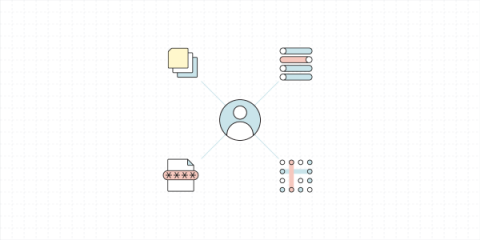Introducing Datastream for BigQuery
In today’s competitive environment, organizations need to quickly and easily make decisions based on real-time data. That’s why we’re announcing Datastream for BigQuery, now available in preview, featuring seamless replication from operational database sources such as AlloyDB for PostgreSQL, PostgreSQL, MySQL, and Oracle, directly into BigQuery, Google Cloud’s serverless data warehouse.











